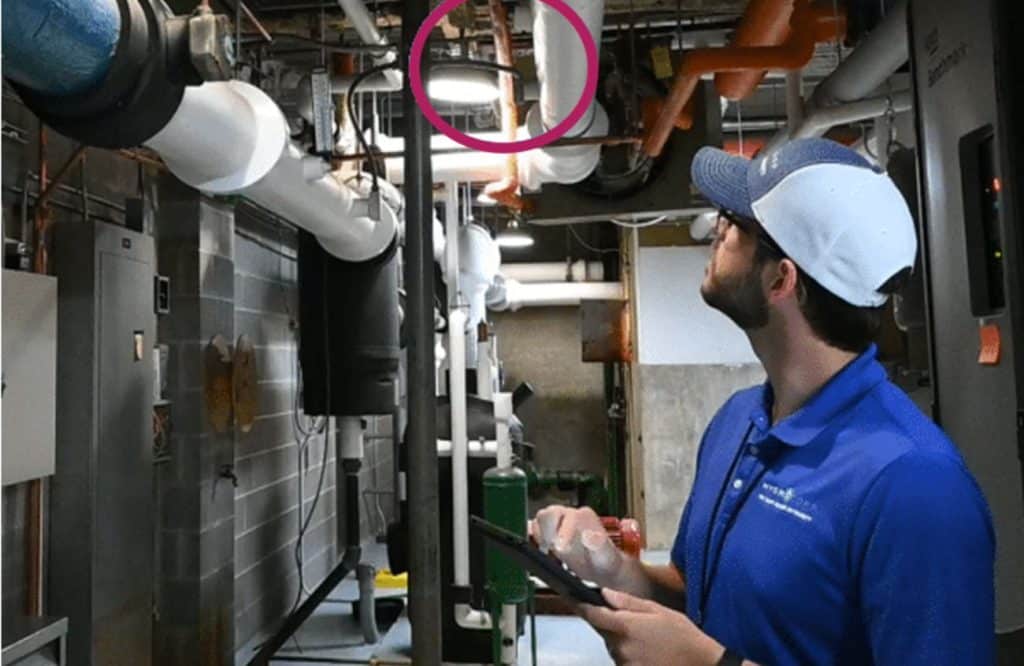Unprotected Cross-Connections in the public water system can pose a serious threat to public health if those connections are not identified and corrected. Backflow, an inherent hydraulic problem in all water systems, can draw pollutants or contaminants into the drinking water via these unprotected cross-connections. Fortunately, there are a variety of methods, devices, and assemblies known as Backflow Preventers that plumbing codes require to be installed at points of cross-connection to stop backflow from contaminating the potable water supply.
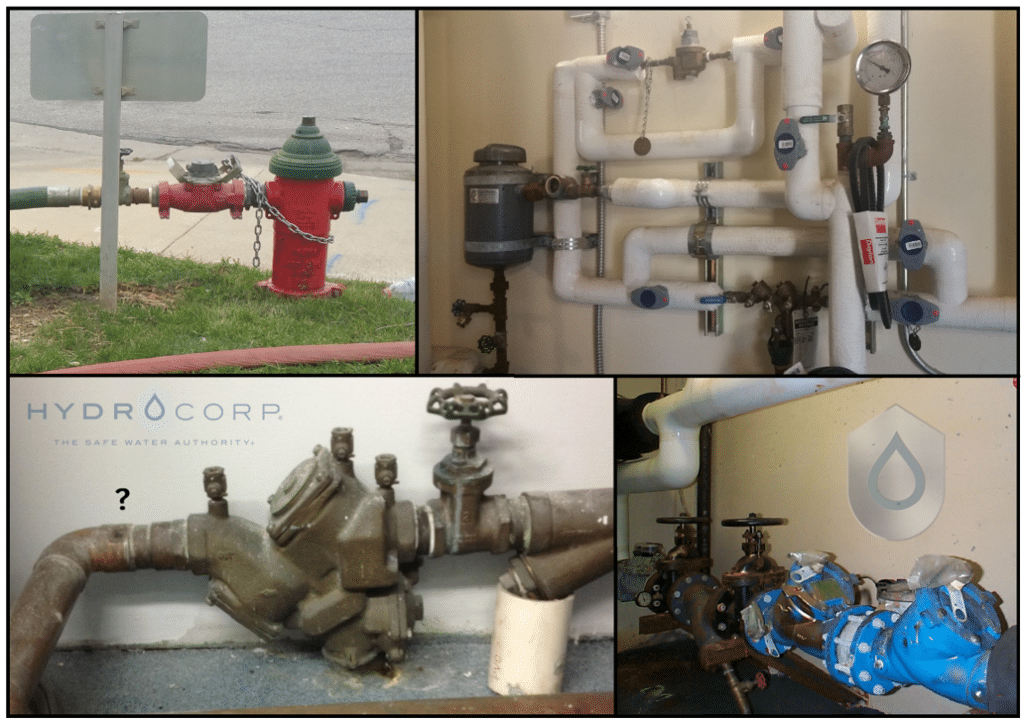
While some of these Backflow Preventers require mandatory periodic tests and documentation, there are far more backflow prevention devices and methods that are not testable. Backflow preventers that do not require periodic tests are often overlooked and underprioritized. A visual survey or assessment can detect potentially dangerous cross-connections, incorrectly installed backflow preventers, and even educate building owners on best practices for preventing future cross-connections.
This list of ten hazardous cross-connections discovered during onsite assessment activity should give you a good understanding of the potential dangers that could be lurking throughout the public water system and equip you with the knowledge of how to fix each situation!
10: Secondary Water Source Interconnection to the Public Water System
We’ll start with a very dangerous but not very common cross-connection – an interconnection between the public drinking water supply and a secondary source. Secondary sources could include wells, water tanks, or other sources of water. There is no guarantee that these secondary sources of water are safe for drinking, especially to the standards that water treatment facilities must abide by for public consumption. Any interconnection between the public water system and a secondary source must be eliminated.
9: Unprotected Bypass Line to Service Line or Interior Plumbing Connection
This cross-connection can be a little tricky to spot at first glance! This situation is when there is a backflow preventer in place but there is a bypass line plumbed around the preventer. With a simple turning of some valves, the flow of water moves from going through the preventer to going around the preventer entirely, leaving the system susceptible to backflow conditions! While bypass lines can be installed for the purpose of repairing the in-line backflow preventer, that bypass line must also have a backflow preventer installed on it that is approved for the same use case as the original backflow preventer.
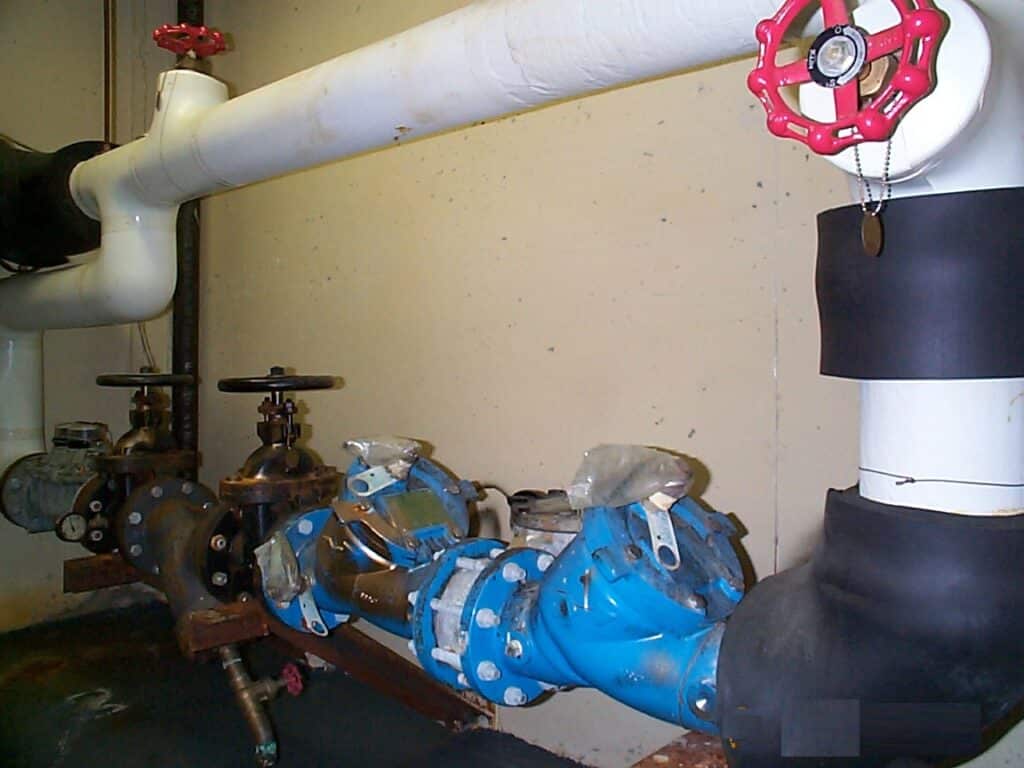
8: Handheld Shower Head Fixtures with No Form of Backflow Prevention
Any extension to the water system can pose a threat if it can create an unprotected cross-connection! Removable handheld shower head fixtures are just one example of that extension – if that shower head’s flexible piping is long enough for the shower head to reach past the flood level rim of the tub or reach the floor of a standing shower, it has the potential to siphon the used shower water back into the potable water system in the event of backflow! It is important to verify that either the flexible piping is short enough to keep a one-inch Air Gap between the shower head and the flood level rim or to verify that the handheld shower head fixture has an approval stamp of ASME A112.1.2, which indicates that it has built in backflow prevention.
7: Coffee Machines Missing Backflow Prevention on Water Supply Line
There are a wide range of coffee machines, including drip style and vending machines, with a water line directly plumbed into the machine to supply the water for the coffee. While some specific makes and models of these coffee machines have built in backflow prevention, much like different shower heads, not all of them do! Makes and models without built in protection will need to have an ASSE #1022 Vending Machine Backflow Preventer installed on the water line feeding the machine.
6: Untreated Boiler Missing Vented Dual Check Valve on Water Supply Line
Boilers that are treated with chemicals will typically require a high degree of protection in the form of an ASSE #1013 Reduced Pressure Zone Backflow Preventer – this is a testable and therefore trackable assembly. Untreated boilers, however, do not need something as robust as a #1013 and can instead utilize an ASSE #1012 Vented Dual Check Valve. However, since this is not a testable assembly, the only way to verify that it is installed on the supply line to an untreated boiler is to visually confirm its existence and proper placement.
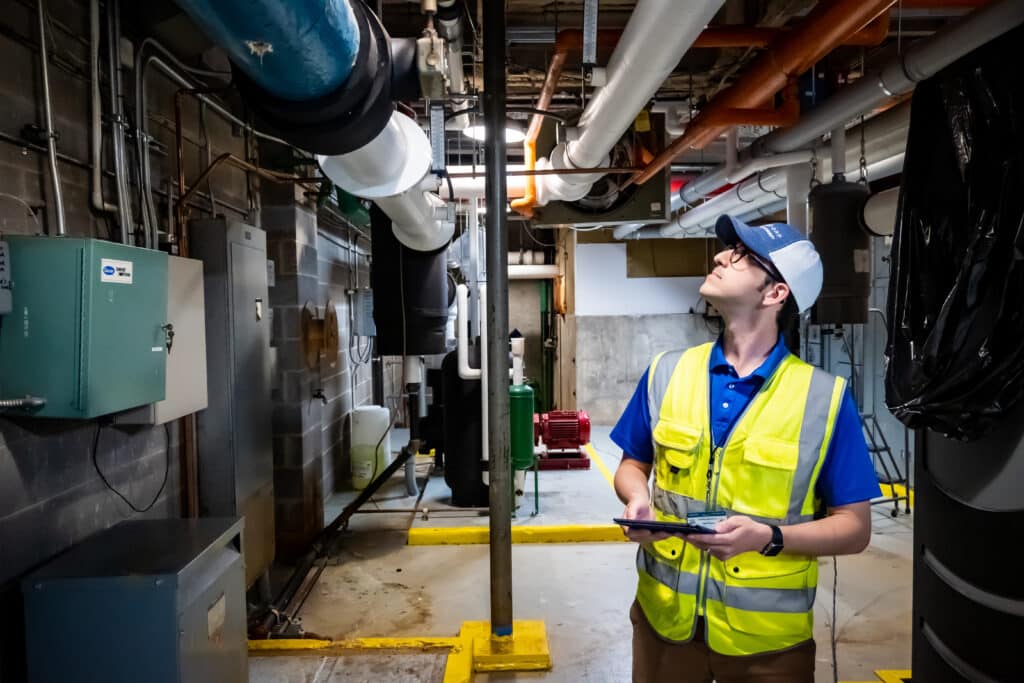
5: Backflow Preventer Assemblies with Broken or Modified Parts
If a backflow prevention assembly cannot be tested, there is no way to verify if all the internal parts are in working order. That is why it is vital to ensure that all parts are accounted for and function properly. This includes shut off valves, test ports, and unobstructed discharge ports. If any backflow prevention assemblies have broken, modified, or missing parts, they must be immediately repaired or have the correct parts installed to ensure that testing can be performed and that the assembly functions properly.
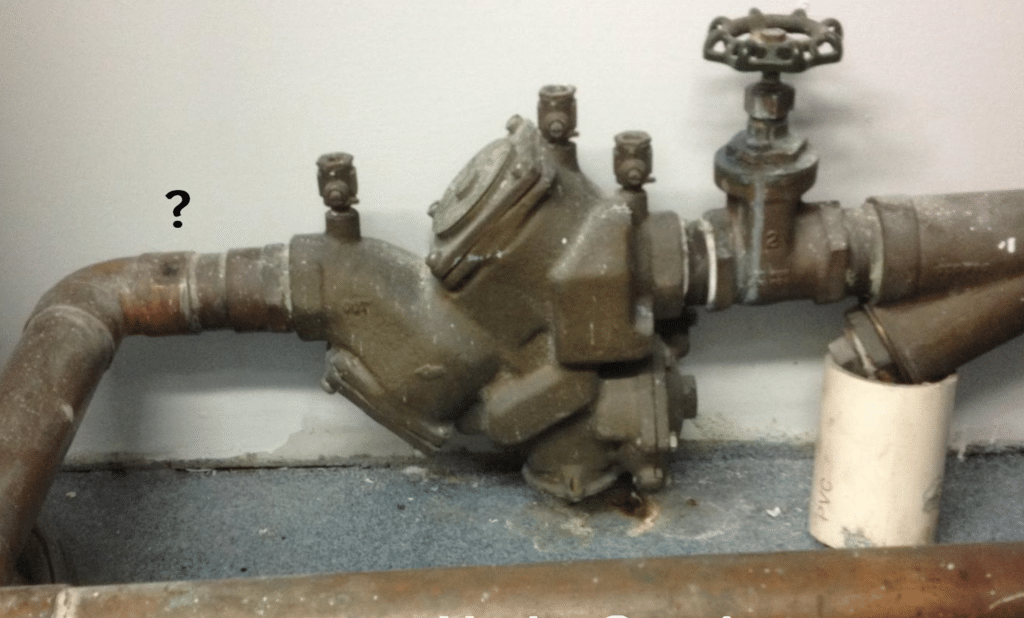
4: Incorrectly Installed Irrigation Backflow Prevention
There are a variety of ways to plumb and set up a lawn irrigation system and different set ups will require different backflow preventers! A common hazard is having an unapproved backflow preventer installed on an irrigation system. One example would be having an ASSE #1001 Atmospheric Vacuum Breaker protect a lawn irrigation system with multiple zones for watering. This is incorrect because Atmospheric Vacuum Breakers are not approved for any applications where it would be subjected to continuous pressure, meaning that it cannot be installed in a position where it has any valves downstream, and downstream valves is how irrigation system separate the multiple zones. Another example would be installing an ASSE #1020 Pressure Vacuum Breaker on piping that is below grade of any part of the yard that has sprinklers installed. This is incorrect because Pressure Vacuum Breakers are not approved for applications where any points of water use, like sprinklers, are any higher than 12 inches below the “Critical Level” on the assembly, located near the second shut off valve.
3: Drain Line Plumbed Directly into Sewer – Missing Air Gap
As described in number ten, an interconnection between the public water system and any secondary source of water is a very hazardous cross-connection since the quality of the secondary source cannot be guaranteed. In this example, an even worse potential is the interconnection between the public water system and the sewer system. This happens all too frequently when drain lines for equipment or appliances are plumbed directly into the drain lines that lead to the sewer system! These drain lines require Air Gaps of at least one-inch between the discharge end of the drain pipe and the flood level rim of the receptacle to ensure that in the event of a backflow incident, those lines do not suck sewer water up into the drinking water system.
2: Non-Emergency Hydrant Connections with No Backflow Prevention
When a fire hydrant is being utilized for non-emergency purposes, it must have a backflow preventer installed upstream of any connections directly at the hydrant. These types of connections are typically temporary and therefore hard to catch with onsite assessment activities. This is a perfect example of the importance of educating people about backflow prevention so if someone was to set up a connection to a hydrant, they would have the knowledge to install a backflow preventer first!
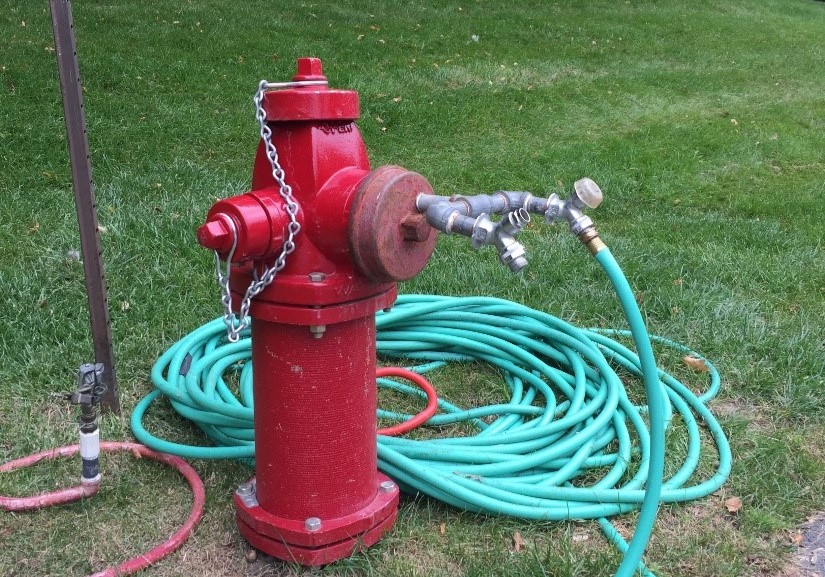
1: Missing Hose Bibb Vacuum Breaker
By far the most common unprotected cross-connection hazard is a hose bibb or hose spigot without a vacuum breaker! While there are hose bibbs with integrated or built in vacuum breakers, not every model or version has integrated vacuum breakers. This type of hose bibb will need to have an external vacuum breaker attached to its threads so that the fixture will be protected from backflow when a hose or other attachment is being used. It is important to note that hose bibb vacuum breakers and integrated hose bibb vacuum breakers both cannot be under continuous pressure, so no valves should be installed downstream of the vacuum breaker.
Conclusion
From this short list, it becomes clear that while the testing of backflow prevention assemblies is critically important to any Cross-Connection Control Program, it is equally important to have surveyors onsite to visually assess all points of water use for proper backflow prevention devices or methods that are not testable. These onsite assessments are the only way to verify that hose bibbs, toilet tanks, coffee machines, lawn irrigation systems, and more are all properly protected. Learn more about options in outsourcing cross-connection onsite surveying and backflow preventer test tracking HERE
